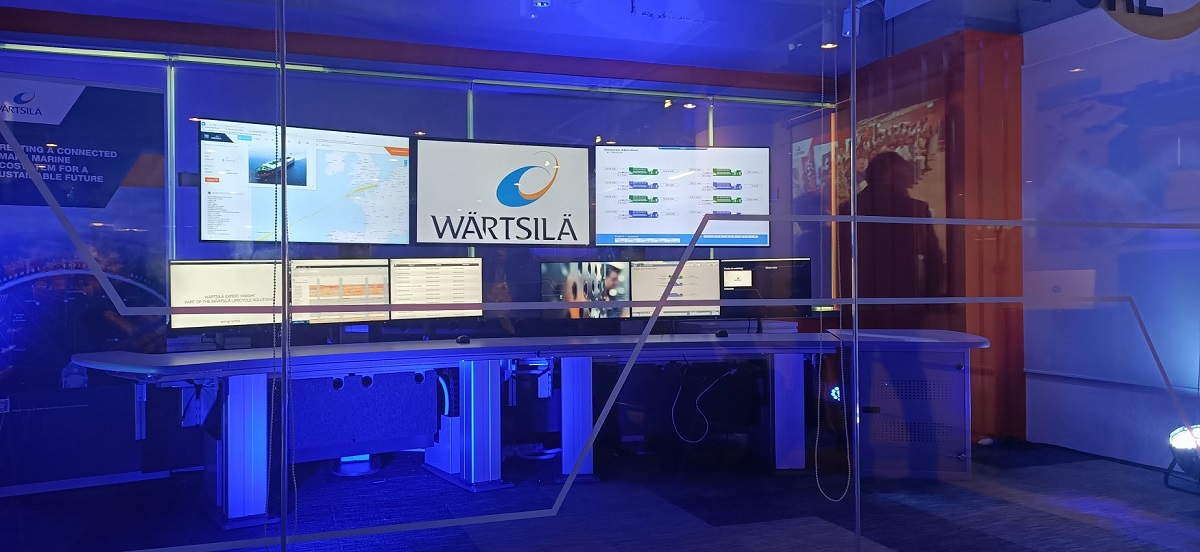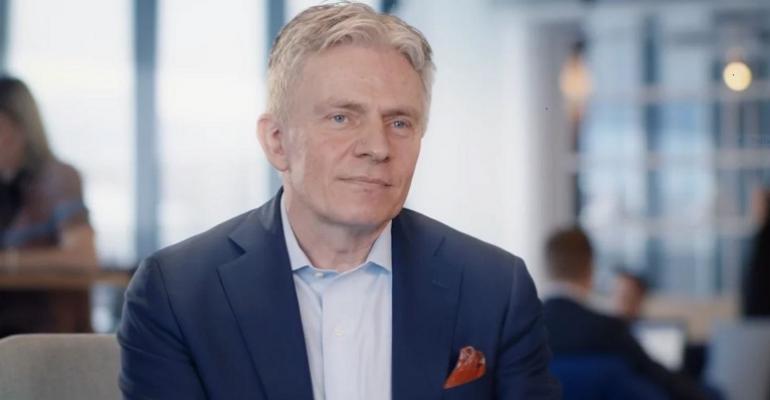Seatrade Maritime News recently sat down with Eskola in Wärtsilä's acceleration centre in Singapore where he explained how the Finnish-headquartered company is developing in terms of technology and innovation in the maritime sphere.
Wärtsilä has transitioned from engine maker to a technology company backed by a series of acquisitions and is now increasingly moving to the software part of the business. “The last three – four years we have been moving more to the software side, I wouldn’t say we are a software house but more a technology company that is providing smart solutions,” he explains.
The growth of the company’s technological capabilities is something that Eskola sees as ongoing and more acquisitions remain a possible part of that process. “You need to be alert and active when it comes to acquisitions but at the same time there is time there is a lot of consolidation going on within the portfolio, as there is as the whole industry is consolidating its assets,” he says.
In terms of moving forward innovation is a key factor. “Without innovation you wouldn’t be successful,” Eskola states.
This does not just mean software and smart technologies but also in more traditional parts of Wärtsilä'a business such as engine manufacture. “You need to be innovative when it comes to engines, propellers, and how our customers are actually operating.”

In terms of Asia Wärtsilä sees Singapore as the place where the most innovation is happening and at its year -acceleration centre is working actively with industry and government partners. One key project is the Intelltug project with PSA Marine, developing autonomous technologies to help improve safety, navigation and efficiency in the waters of one of the world’s busiest ports.
“I think it [autonomous shipping] can work in many places, but do you really need it in all those places people are talking about, I don’t think autonomous shipping is ever going to take off in cruise shipping,” Eskola says.
He does see autonomous shipping in areas such as shortsea shipping and port waters but the emphasis is more on autonomy that helps improve the safety of a manned vessel.
“Autonomy does not equal unmanned. We use a lot of the technology to amplify human capabilities. We’re very human centric and end user centric in terms of the concept of operations,” says Chris Chung, director digital innovation & strategic projects for Wärtsilä.
These types of technological developments will also play a part in meeting the IMO’s ambitions for CO2 and greenhouse gas emission reductions by 2030 and 2050.
“That’s very important part of the CO2 discussion that if you can plan the voyage and control them in a more efficient way so you have just on time arrival and departure you will save a huge amount of fuel and that immediately means less CO2,” Eskola says.
For an owner looking to order a ship today Wärtsilä stresses fuel flexibility. “For us today the most important development is looking at fuels and fuel flexibility. Now the near-term shipping should be moving to LNG, then you add more hybrid vessels, you add some batteries onboard the ship,” he states.
From LNG there is then the possibility to move to using synthetic gas, hydrogen and other options when looking to the longer-term.
“If I would be a shipowner I would definitely go for multi-fuel engines so you can use them with different fuels and of course LNG is already available in many locations,” Eskola says.
Copyright © 2024. All rights reserved. Seatrade, a trading name of Informa Markets (UK) Limited.
Add Seatrade Maritime News to your Google News feed.  |

